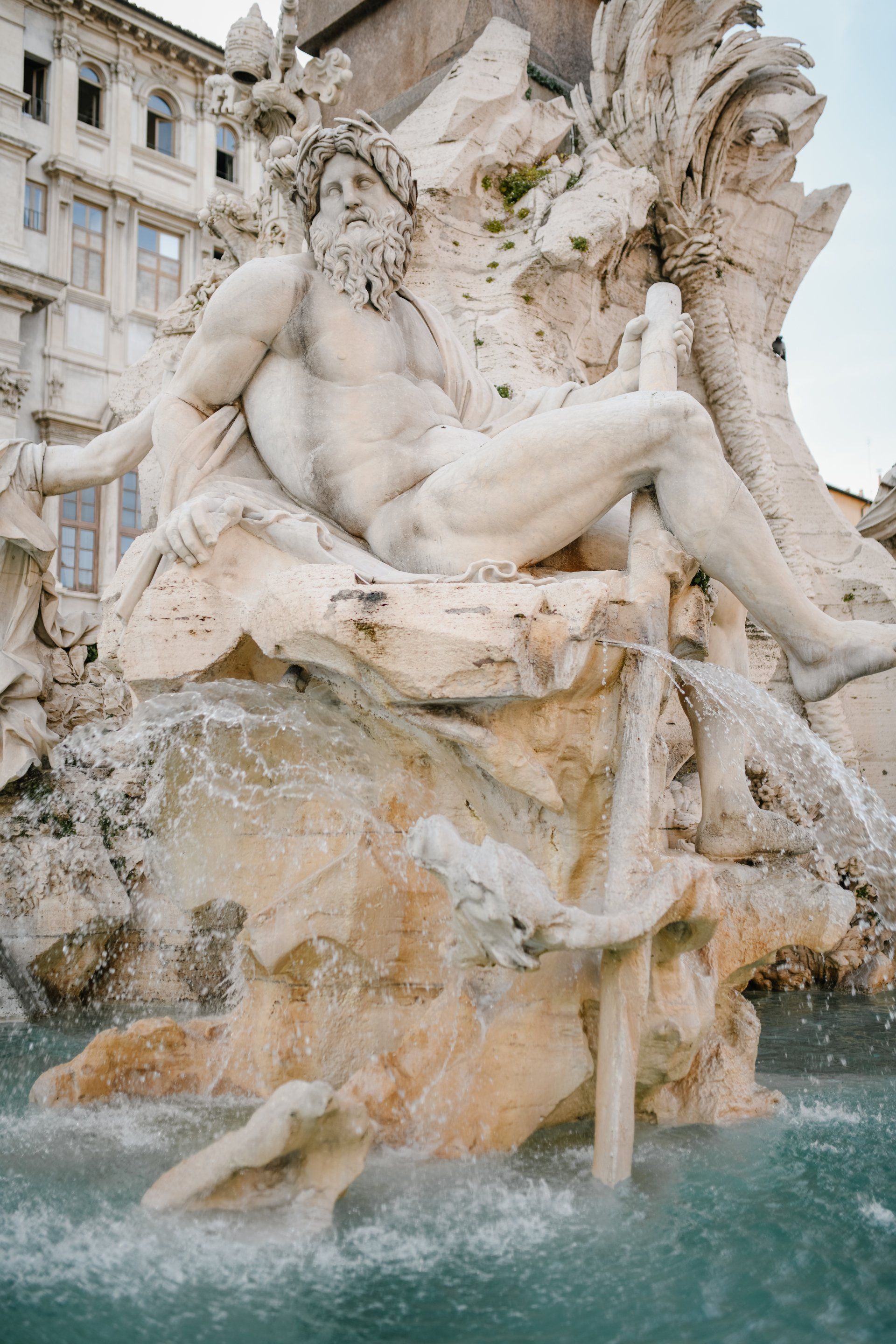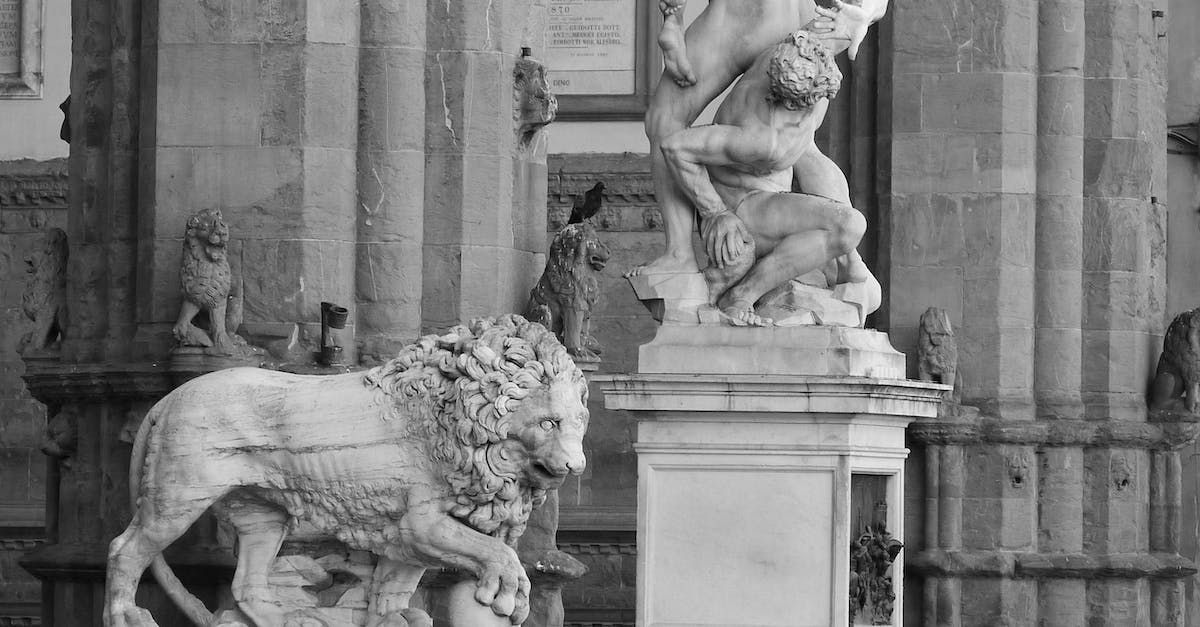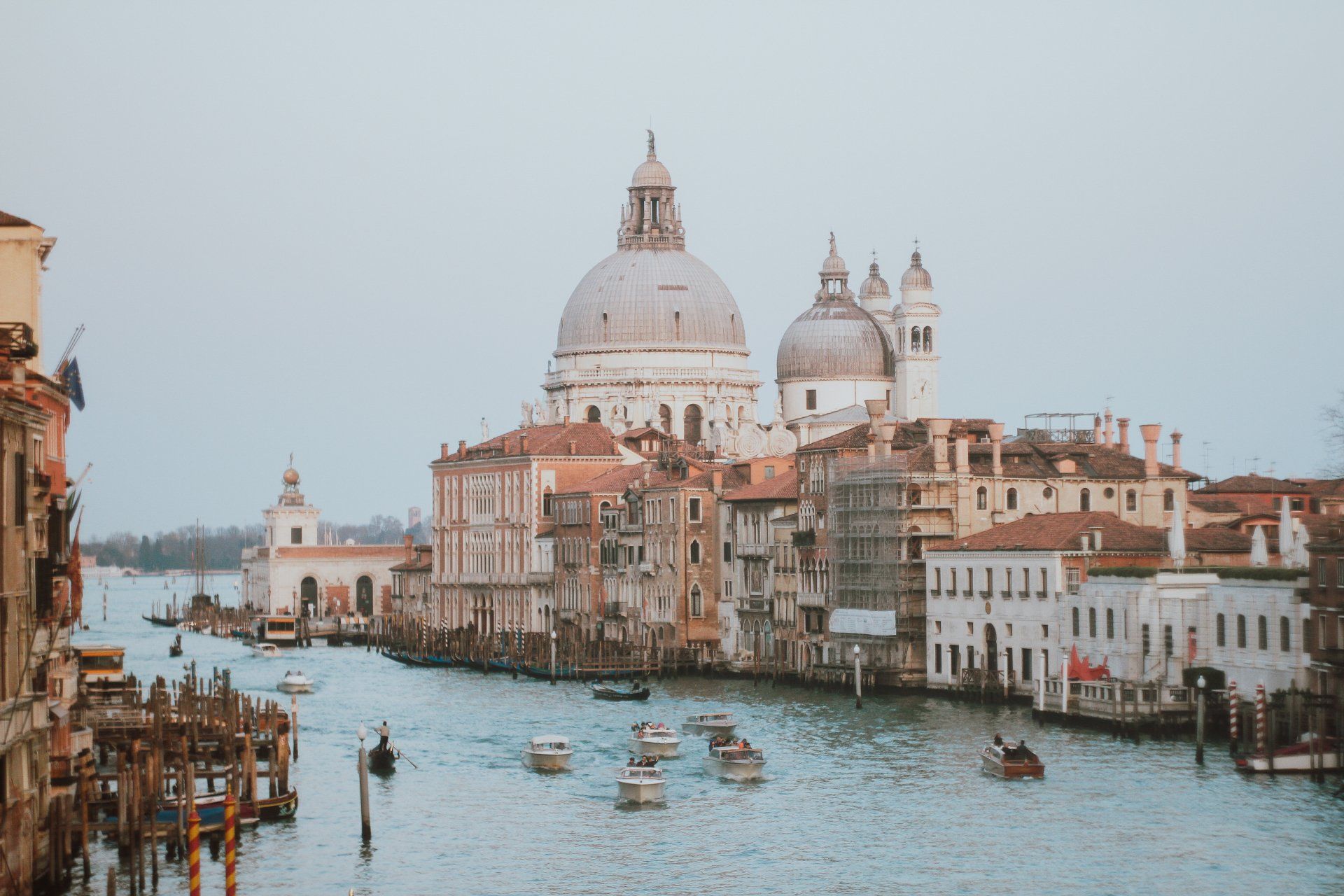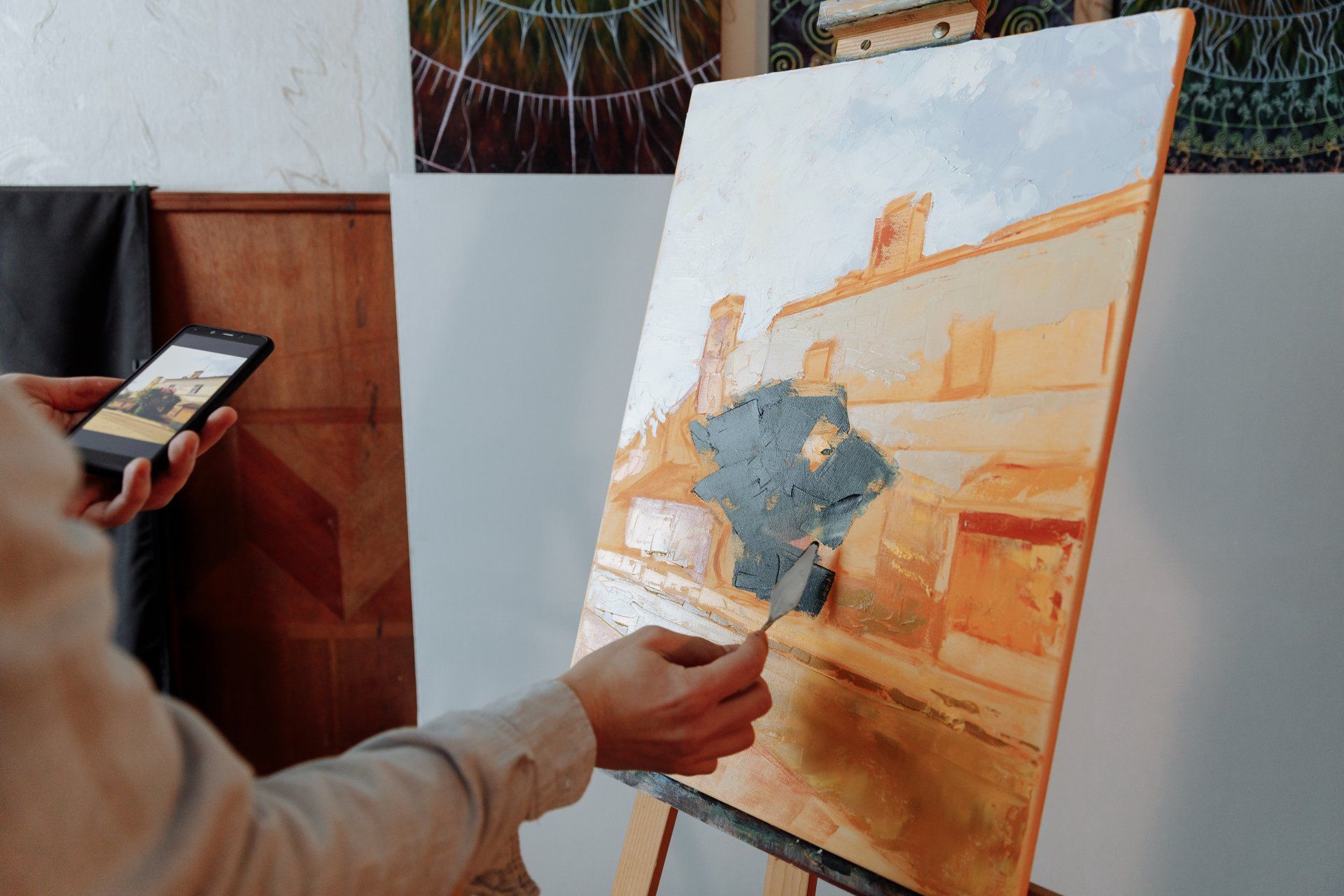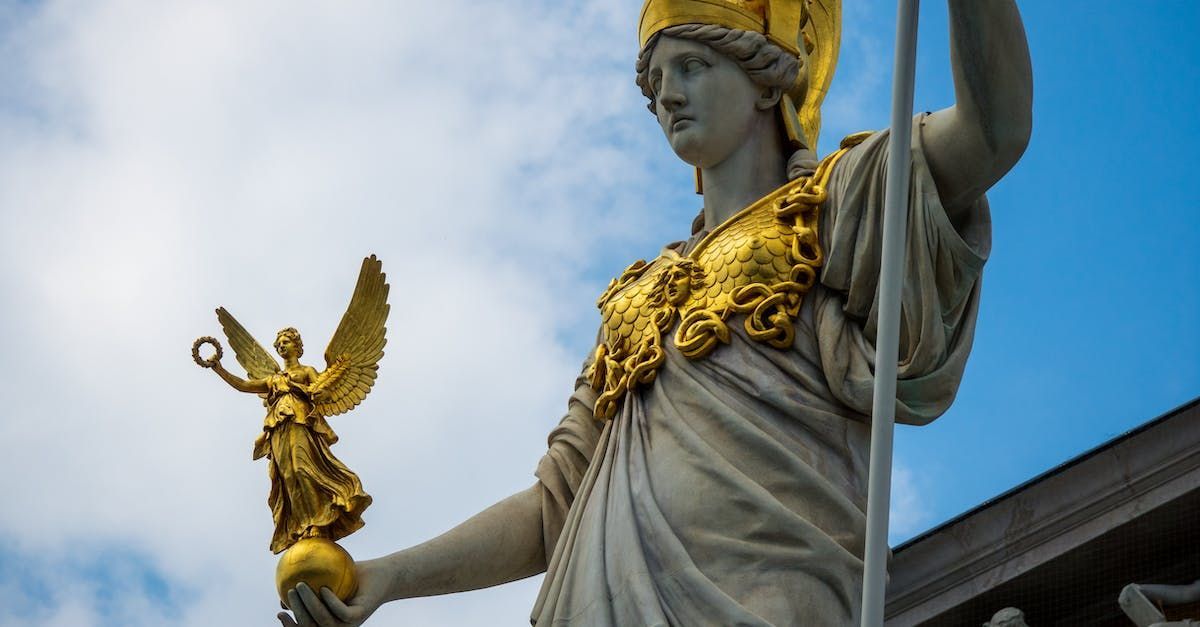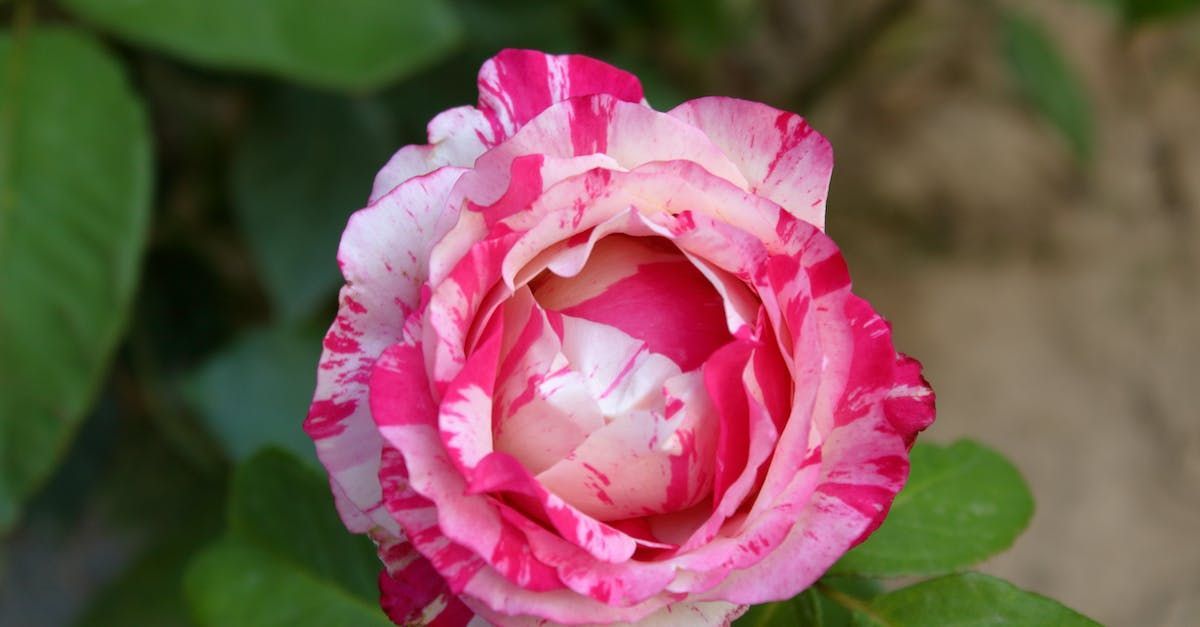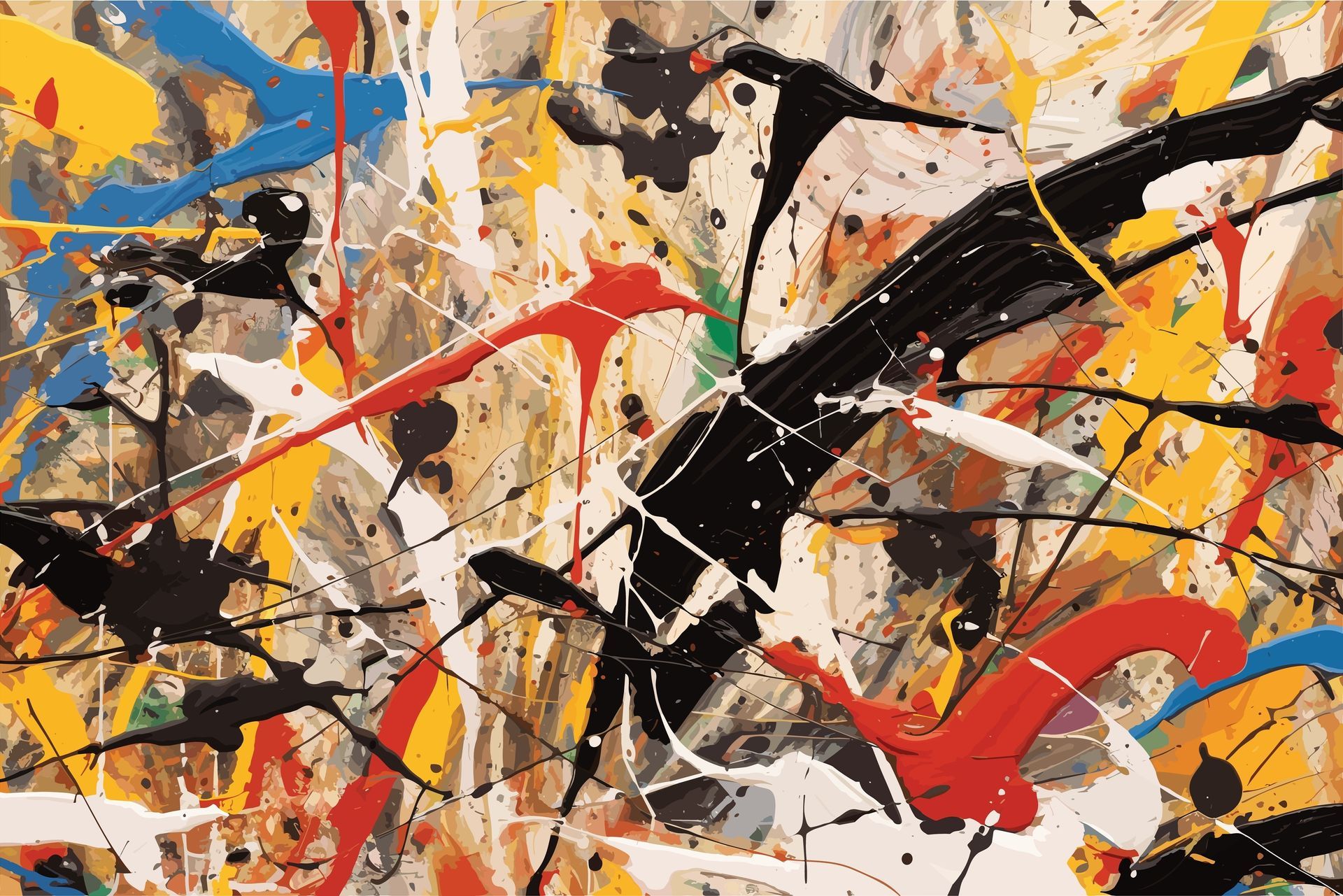Finding the Perfect Piece for Your Home
Home is Where the Artwork is

When choosing artwork for your home, it is important to consider the overall aesthetic of your living space. Artwork that reflects your personal style and taste can help to create a more inviting and comfortable atmosphere. Additionally, artwork can be used to add color and texture to a room, as well as to fill empty wall space. It can also be used to tie together different pieces of furniture and decor, creating a cohesive and unified look.
The most popular living artists whose work is bought the most are: Banksy, Jeff Koons, Damien Hirst, Takashi Murakami, and Yayoi Kusama.
What makes them stand out is their unique and iconic styles, bold use of color, and incorporation of cultural and social themes in their work.
The pricing of their works vary greatly, depending on the size, medium, and subject matter. A Banksy painting can range anywhere from $20,000 to over $1 million, while a Takashi Murakami painting can cost anywhere from $100,000 to $3 million. An average price of a painting from any of these artists would depend on the specifics of the piece.
Original artwork is unique and one-of-a-kind. It is an investment that can appreciate in value over time and can be passed down to future generations. It is a tangible representation of the artist’s individual style and creativity, and it can bring a certain level of emotion and connection to the artwork. It is much more personal and meaningful than a print.
When selecting artwork, consider the size and shape of the piece in relation to the space. Large artwork works well in large rooms and visa versa. The artwork should also complement the existing decor and color scheme of the room. Additionally, it is important to consider the lighting of the room and how it will affect the artwork.
When hanging artwork, it is important to take into account the scale of the piece and the wall space available. Artwork should be hung at eye level, and the center of the piece should be about 57 inches from the floor. Additionally, artwork should be arranged in a way that is aesthetically pleasing. For example, a grouping of smaller pieces can be used to create a focal point, or a large piece can be used to make a bold statement.
